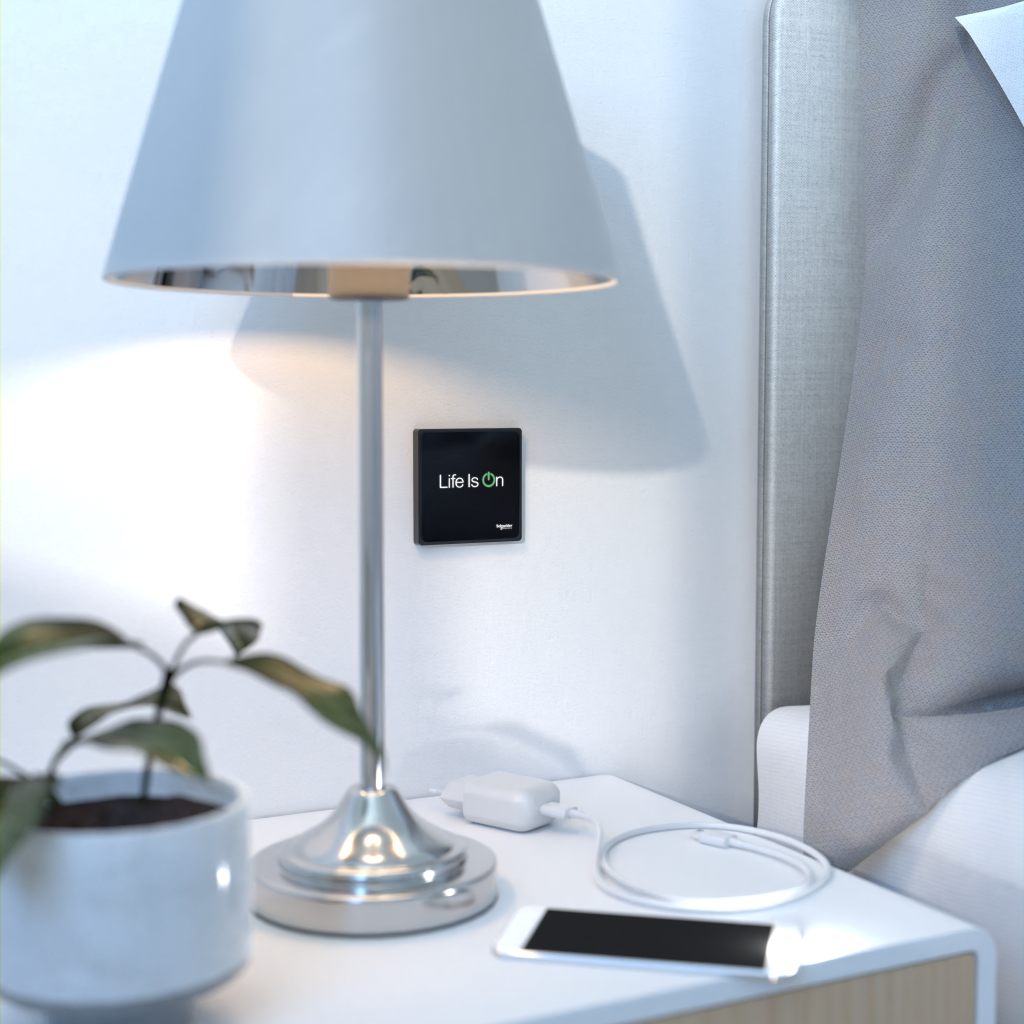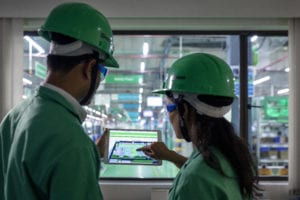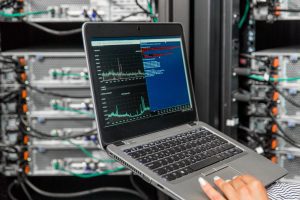With the threat of global warming continuing to impact our ecosystems, the European Commission is taking the challenge of talking climate change seriously, having outlined a number of directives and commitments that if adopted across the continent, will help reduce greenhouse gasses and achieve Net Zero by the target year of 2050.
One of the initiatives introduced to help reduce carbon emissions is the Energy Performance of Buildings Directive (EPBD), which this year sees a number of updates introduced that impact building owners and facilities managers when it comes to HVAC and energy management.
In this blog, we’ll break down exactly what these changes are, what it means for businesses, and the solutions available to help partners in the construction chain comply with the new directives.
What is the Energy Performance Building Directive?
First published in 2002, the Energy Performance of Buildings Directive (EPBD) is a directive from the EU that sets out a roadmap of guidelines to help boost the energy efficiency of buildings across Europe. Thus, reducing energy costs and greenhouse gas emissions.
EPBD Updates
Earlier this year, the European Union announced major upgrades to its EPBD – significantly broadening its scope and clarifying the exact requirements set out by the directive.
Among the overarching ambitions detailed within the directive are:
- Ensuring all new publicly owned buildings are zero-emission by 2028.
- Ensuring all new buildings are zero-emission by 2030.
- Ensuring all existing buildings become zero-emission by 2050.
According to the clarifications to the directive, zero-emission buildings will now be defined as buildings that have no on-site carbon emissions from
fossil fuels and low energy demand and operational greenhouse gases (GHG) emissions.
Improving Indoor Air Quality – The revised EPBD sets out more binding requirements for indoor air quality, mandating individual member states to establish firmer standards for healthy indoor air quality.

Enhanced BACS requirements – The updates also include enhanced requirements for building automation and control systems (BACS). By the end of 2029, non-residential buildings with upwards of 70 kW of effective rated output will require mandatory BACS installation. This is a significant reduction in the effective rated output threshold and looks beyond the larger commercial buildings. Newly constructed and extensively renovated residential buildings too will need to incorporate mandatory automation and control functionalities by May 2026.
Setting the foundations of a Smart Readiness Indicator (SRI) – A month later, in June 2026, the EPBD requires the European Commission to present a report on the Smart Readiness Indicator, which will be followed by a delegated act to enforce the mandatory application of the SRI to large non-residential buildings by 2027. But what exactly is SRI?
What is SRI?
The SRI is a tool designed to measure the smart readiness of buildings throughout the EU, assessing how well buildings are equipped with smart technologies that can enhance energy efficiency, comfort, and overall performance.
Ultimately, these amendments put a stronger emphasis on the decarbonization of the European building sector and encourage member states to ensure that the energy use of zero-emission buildings is covered by renewable, carbon-free, or efficient sources from either on-site, nearby or from the grid.
But what do they mean for system installers?
The updates to the EPBD have several implications for installers, including enhanced technical knowledge, particularly around advanced technology, and interoperability; understanding of the SRI, to ensure compliance; and the need to provide comprehensive documentation of the systems installed, including their specifications and how they contribute to a building’s energy performance and smart readiness.
To help installers manage this transition, Schneider Electric has developed a suite of solutions and tools as part of our SpaceLogic KNX range, which meet the directive’s requirements.
Among the key benefits it can deliver include:
- SRI: By using SpaceLogic KNX, buildings can enhance their Smart Readiness Indicator score through improved automation and control, helping meet the EPBD’s smart readiness criteria. SpaceLogic KNX is also a cybersecure solution that will allow you to both meet and adapt to the regulations of tomorrow.
- Real-time monitoring: SpaceLogic’s energy monitoring capabilities ensure that buildings continuously track energy usage, helping maintain and improve energy efficiency as required by the EPBD.
- Automated controls: The automated control systems adjust lighting, HVAC, and other systems to optimize energy use based on real-time data, directly supporting the energy efficiency goals of the EPBD.
- IoT and Smart Sensors: SpaceLogic KNX incorporates IoT-enabled sensors and devices that collect and analyze data to optimize building performance, a key aspect of the EPBD’s focus on smart technologies.
- Support for certification: SpaceLogic KNX aids in achieving green building certifications (such as LEED and BREEAM), which align with the EPBD’s sustainability goals. This demonstrates a building’s commitment to energy efficiency and environmental responsibility.
- Predictive maintenance: SpaceLogic’s predictive maintenance features ensure that building systems are maintained proactively, reducing downtime and ensuring systems operate at peak efficiency, supporting compliance with performance standards set by the EPBD.
- Carbon footprint reduction: By optimizing energy use and integrating renewable energy sources, SpaceLogic KNX helps reduce a building’s carbon footprint, aligning with the EPBD’s climate objectives.
SpaceLogic KNX from Schneider Electric is fully KNX certified and is in line with the KNX Association Top priorities: moving to KNX Secure, integrating KNX IoT and focused on Energy Management.
Ultimately, the revised Energy Performance of Buildings Directive is a much-needed step forward by the Commission towards firmer decarbonization targets. As part of this, smart home and building solutions will be a vital tool and we are working hard to ensure our offering enables installers to manage this transition seamlessly and benefit from the opportunities EPBD represents.




Add a comment